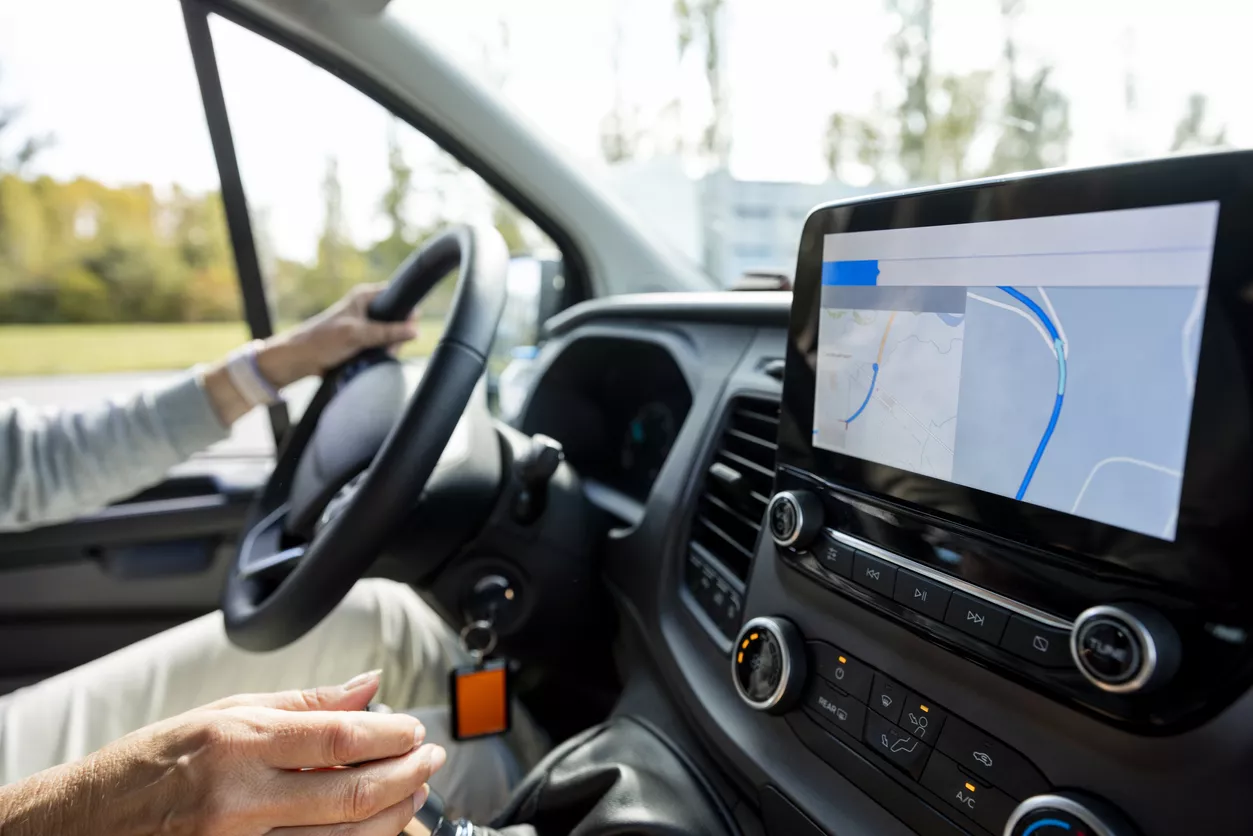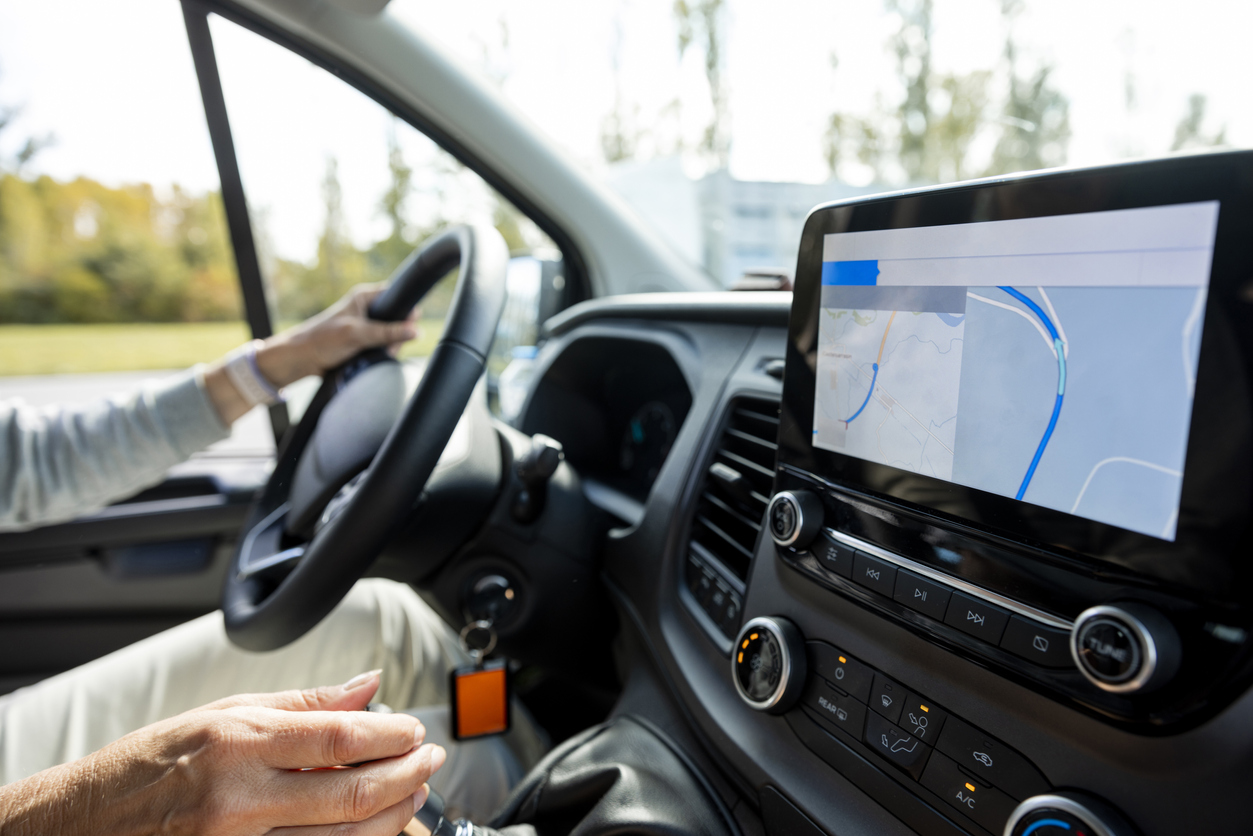The 3 methods
To minimise the extra administrative workload for companies, the authorities have introduced a flat-rate system for the vehicles which a company provides free of charge to a manager, director or member of staff.
In practice, there are three different ways of determining the actual business use:
Method 1 : Recording the mileage, thus monitoring each vehicle individually
The first method involves coding all journeys, either manually (e.g. logbook, software) or automatically (e.g. GPS system). That requires dedicated administrative procedures and monitoring of daily business travel: date of journey, starting address, finishing address, distance travelled and total daily mileage. In addition, the mileage at the beginning and end of the period (normally, a calendar year) has to be recorded. This method must be applied “to each of the company’s means of transport”.
The VAT deduction percentage is subject to a ceiling of 50%.
The percentage of business use will be determined from a complete logbook
Method 2: Lump-sum calculation per company car
Since 2020, the costs related to a company car are deductible for your company according to a formula based on the CO2 emissions of the vehicle and the type of fuel used.
Tax deductibility is also limited according to the emissions of your company car, with a ceiling of 100%. With regard to plug-in hybrid cars, which are still partly powered by fuel, certain specific rules apply.
In this method, the percentage of the VAT deduction varies
Method 3: Standard method, applicable to the fleet
The third method involves applying a standard deduction of 35% of the VAT on company cars to the whole fleet. This method cannot be combined with the above two methods. It must be applied to the whole fleet (the minimum requirement is 4 means of transport) for a period of at least three years.
Business percentage = 35%


